Peanut butter, a beloved staple in many households, has a rich and intriguing history. From its ancient origins to its modern-day significance, this creamy delight has evolved remarkably. Journey through time and discover the milestones that transformed peanut butter from a mere paste to an essential pantry staple in our homes.
Ancient Beginnings
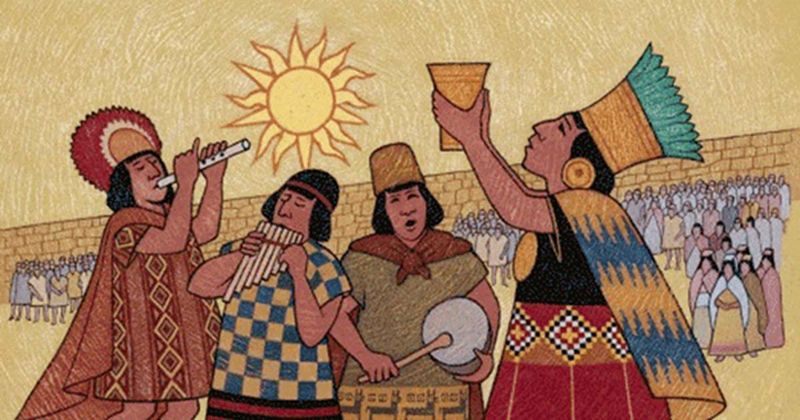
Imagine a time when peanuts were not just snacks but sacred offerings. Ancient civilizations, such as the Incas and Aztecs, ground peanuts into a paste. This was not just for culinary delight but also for religious rituals.
Peanuts were considered a gift from the gods, and their paste played a role in spiritual ceremonies. This early form of peanut butter, while rudimentary, laid the foundation for what we enjoy today.
The practice of grinding peanuts was a testament to human ingenuity and appreciation for this humble legume.
Global Spread
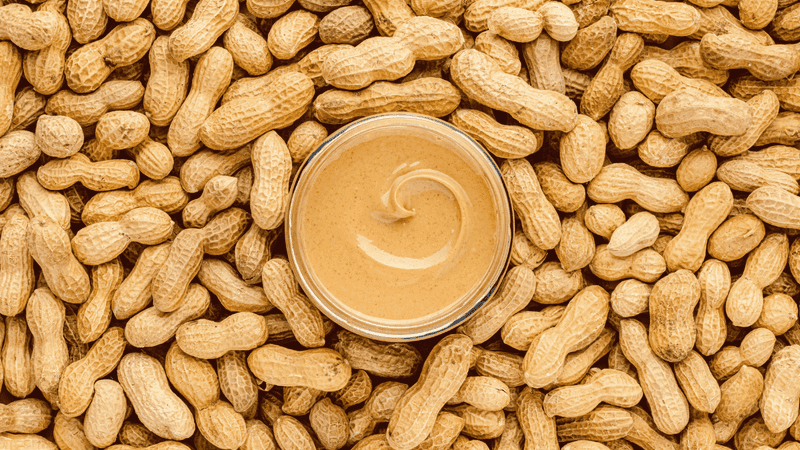
The spread of peanuts around the globe is a tale of exploration and adventure. As European explorers traversed new lands, they discovered peanuts and brought them back to their homelands.
Traders and merchants soon recognized the value of this versatile legume and facilitated its spread across continents. By the 16th century, peanuts had made their way to Asia and Africa.
This global journey not only expanded the reach of peanuts but also introduced diverse cultures to what would become a beloved food staple.
Introduction to North America
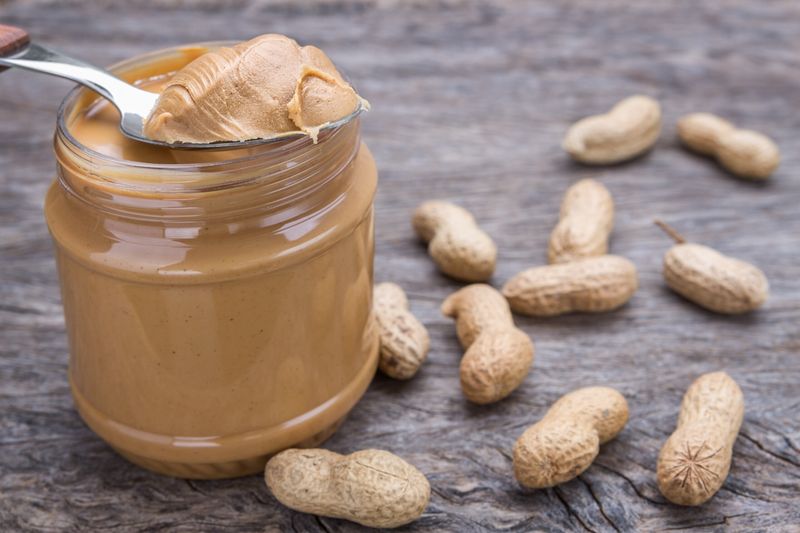
In the 1700s, peanuts arrived in North America, brought by African slaves. These resilient legumes were initially grown on plantations and were primarily used as animal fodder.
However, their potential as a food source soon became evident, and they began to be consumed by both slaves and slave owners.
This introduction marked the beginning of peanuts’ journey to becoming a staple in North American cuisine, laying the groundwork for future innovations.
Early Innovations

The late 19th century saw the first major innovation in peanut butter’s history. In 1890, a doctor developed peanut butter as a protein-rich food for patients who struggled with chewing solid foods.
This creation was not only a culinary breakthrough but also a medical marvel. It provided essential nutrients to those in need, showcasing the adaptability of peanuts.
This innovation set the stage for peanut butter’s growing popularity in the coming decades.
Public Debut
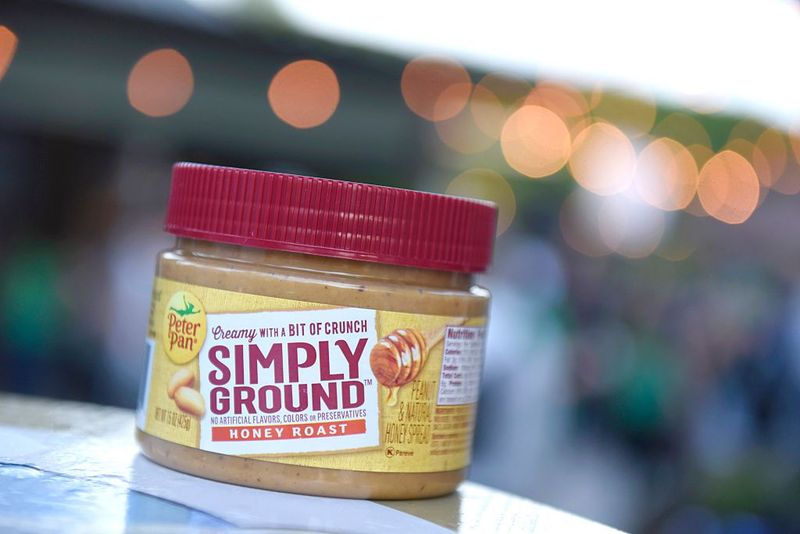
At the 1904 St. Louis World’s Fair, peanut butter made its public debut. This event was a significant milestone, as it introduced this creamy delight to a broader audience.
Visitors were captivated by its unique taste and texture, leading to an increased demand. The fair served as a platform for peanut butter to transition from a health food to a popular treat.
This moment marked the beginning of peanut butter’s journey into mainstream American households.
Industrial Advancements
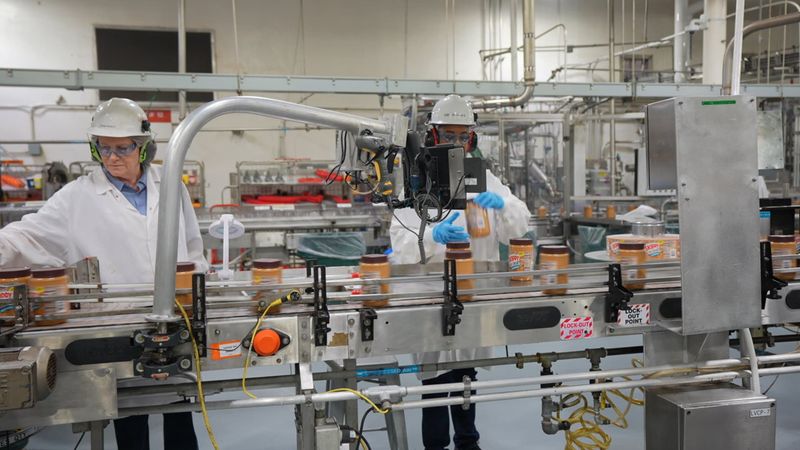
The 1920s brought about industrial advancements that revolutionized peanut butter production. Factories began to utilize modern machinery, significantly increasing output and making peanut butter more accessible to the masses.
This era also saw the invention of homogenization, which improved the product’s consistency and shelf life.
These technological developments played a crucial role in establishing peanut butter as a staple in American pantries, solidifying its place in culinary history.
Wartime and Economic Impact
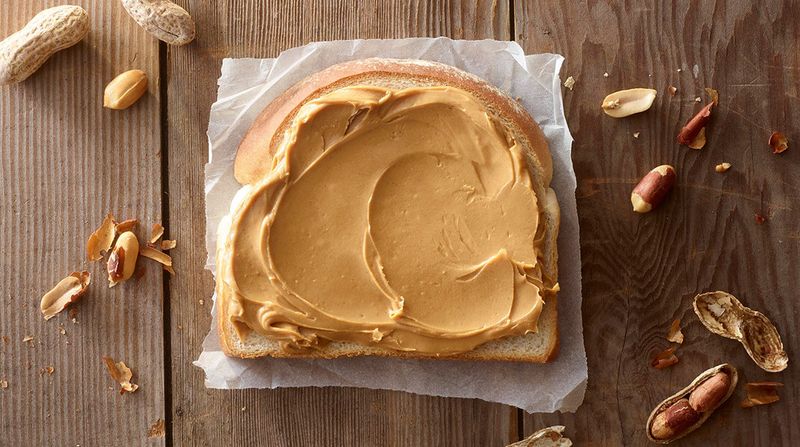
During World War II, peanut butter gained prominence due to its nutritional value and long shelf life. It became a staple in soldiers’ rations, providing them with essential energy on the battlefield.
The economic impact of the war also drove peanut butter’s popularity among civilians, as it was an affordable source of protein.
This period reinforced peanut butter’s status as an essential food, both on and off the front lines.
Cultural Integration
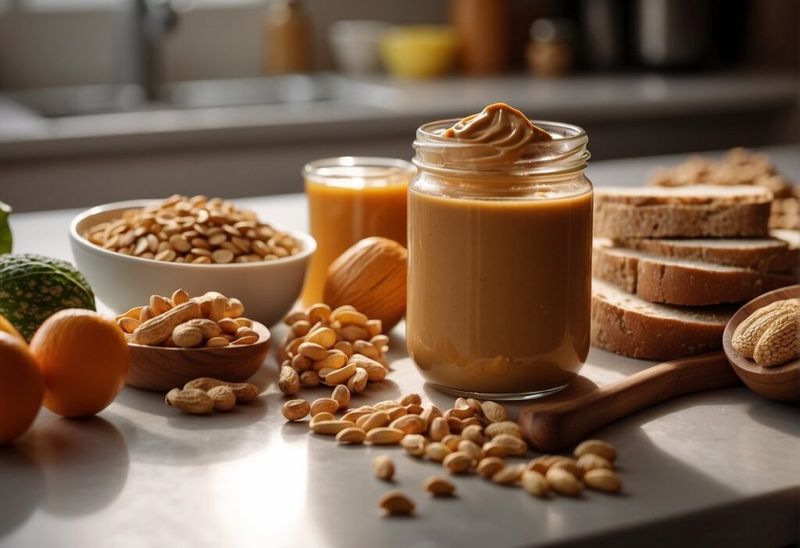
The 1950s saw peanut butter solidify its place in American culture. Families across the nation embraced it as a versatile and convenient food option.
Peanut butter sandwiches became a staple in lunchboxes, and its popularity soared among children and adults alike. Its integration into American culture was unwavering, making peanut butter synonymous with comfort and simplicity.
This era highlighted peanut butter’s transition from a novelty to a beloved household staple.
Modern Era
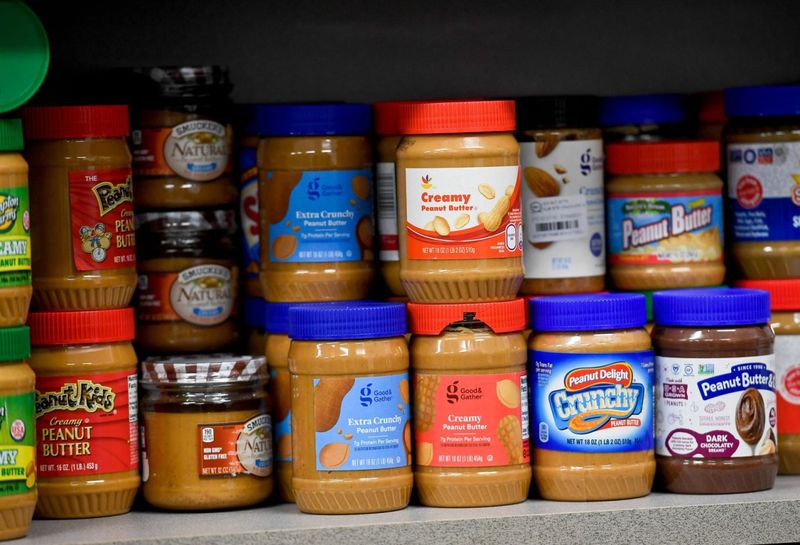
Today, peanut butter is more than just a pantry staple; it’s a symbol of culinary innovation. The modern era has seen the introduction of various peanut butter products, from crunchy to organic options.
Its versatility is unmatched, finding its way into everything from smoothies to exotic cuisines. Peanut butter’s journey from ancient paste to modern marvel is a testament to its enduring appeal.
Its continued evolution reflects our ever-changing tastes and the timeless love for this creamy delight.
Leave a comment